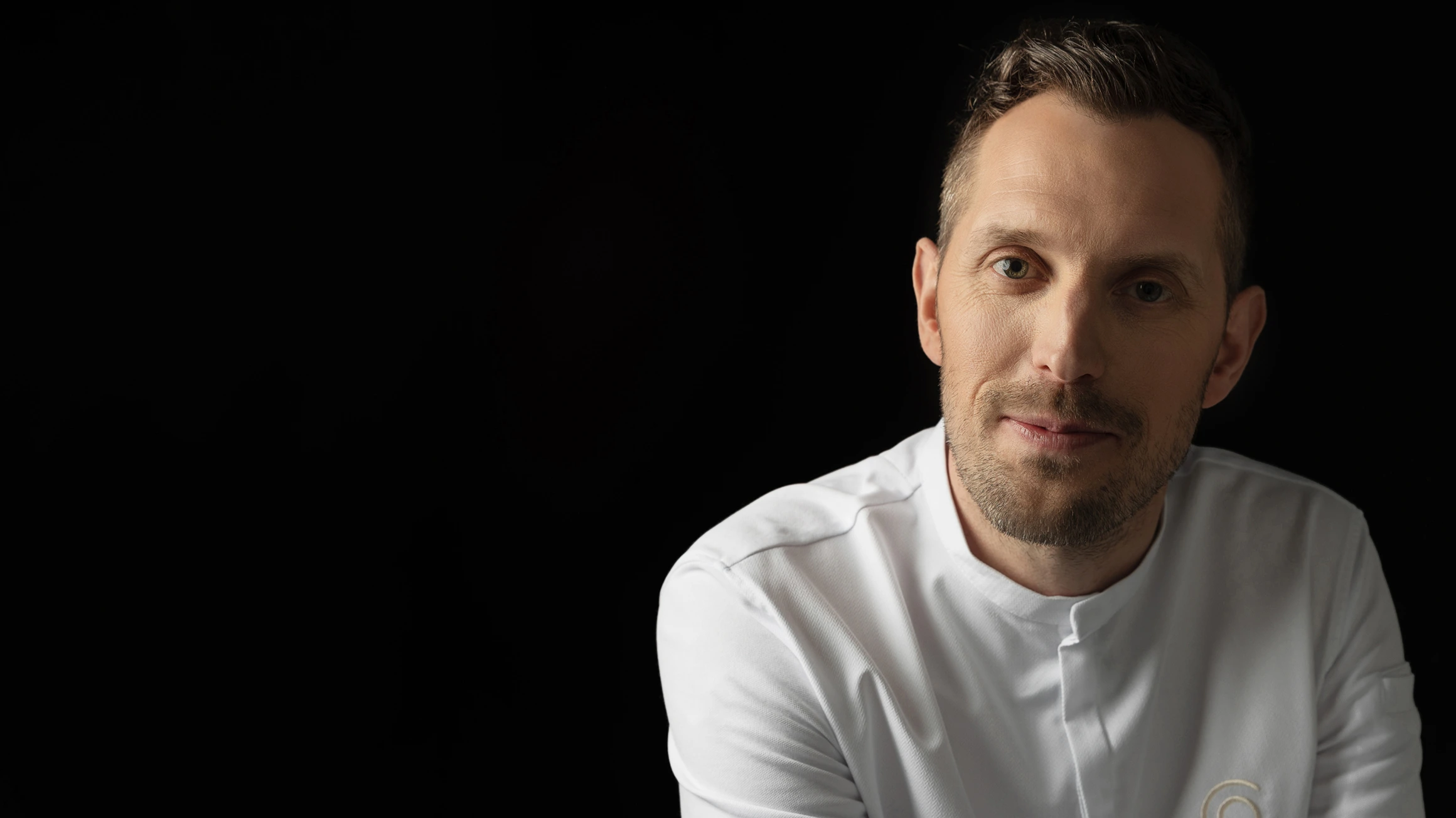Why Are There Different Types of Flour for Baking?
Different types of flour serve distinct purposes in baking due to variations in protein content, texture, and processing methods. Here’s why choosing the right flour is crucial:
- Protein Content and Gluten Formation: Flour’s protein content affects gluten development, impacting the structure and texture of baked goods. High-protein flours are ideal for chewy breads, while low-protein flours are better for tender cakes and pastries.
- Texture and Consistency: Flours are milled to different consistencies, which influences the texture of your baked goods. Fine flours create smooth, delicate textures, while coarser flours add more bite and substance.
- Flavor Profile: The flavor of flour can vary depending on its source and processing. Specialty flours can add unique flavors and characteristics to your recipes, enhancing the overall taste experience.
What Type of Flour Do Professional Bakers Use?
Professional bakers rely on specific types of flour for their distinct properties and performance. Here’s a rundown of the most commonly used flours in professional kitchens:
- Bread Flour: With a high protein content (12-14%), bread flour is essential for making yeasted breads. Its strong gluten structure provides the desired rise and chewy texture. Ideal for artisan loaves, pizza dough, and bagels.
- Pastry Flour: This flour has a moderate protein content (8-10%) and is designed for tender, flaky pastries. It’s perfect for making croissants, tarts, and cookies with a delicate crumb.
- Cake Flour: With a low protein content (7-9%), cake flour is highly refined to create light, airy cakes. It’s essential for achieving a tender crumb in cakes and cupcakes.
- All-Purpose Flour: Versatile and convenient, all-purpose flour has a moderate protein content (10-12%) and is suitable for a wide range of baked goods, from cookies and muffins to quick breads and some cakes.
Bleached vs. Unbleached Flour: What’s the Difference?
Understanding the difference between bleached and unbleached flour can help you choose the best option for your baking needs:
- Bleached Flour: Treated with chemicals like chlorine or benzoyl peroxide, bleached flour has a whiter appearance and a softer texture. It tends to absorb more liquid and can produce a finer crumb in baked goods. However, the bleaching process may affect the flour’s nutritional content.
- Unbleached Flour: Naturally aged, unbleached flour retains a slightly off-white color and has a denser texture. It is often preferred for its richer flavor and higher nutritional value, making it a popular choice for professional bakers.
Different Kinds of Flour for Cakes, Bread, Pastry & More
Here’s a comprehensive guide to selecting the right flour for various baked goods:
- Cake Flour: Ideal for cakes, cupcakes, and delicate pastries. Its fine texture and low protein content ensure a tender, crumbly texture. Use it for recipes requiring a light, airy crumb.
- Bread Flour: Essential for bread, pizza dough, and bagels. The high protein content helps create a robust gluten network, resulting in chewy, well-risen baked goods. It’s perfect for artisan loaves and hearty rolls.
- Pastry Flour: Best for pastries, pie crusts, and cookies. Its lower protein content yields a tender, flaky texture, making it ideal for creating delicate treats.
- Whole Wheat Flour: Made from the entire wheat kernel, whole wheat flour is rich in fiber and nutrients. It’s used for healthier bread and baked goods with a denser, nuttier flavor.
- Self-Rising Flour: Contains added baking powder and salt, making it convenient for recipes like biscuits and quick breads. It simplifies the baking process but may not be suitable for recipes that require precise control over leavening.
Tips for Choosing the Right Flour
- Consider Your Recipe: Match the flour type to the specific requirements of your recipe. For instance, use bread flour for yeasted bread and cake flour for delicate cakes.
- Experiment with Blends: Combining different flours can enhance texture and flavor. For example, blending whole wheat flour with all-purpose flour can add nutritional value while maintaining a lighter texture.
- Store Properly: Keep flour in an airtight container in a cool, dry place to maintain its freshness and prevent spoilage.
Conclusion
Understanding the types of flour and their unique properties can help you achieve better results in your baking endeavors. Experiment with different flours to discover how they influence your recipes and enhance your baking skills.
Want to Learn More About Pastry?
Turn your pastry to success with PastryClass. Enroll to master new pastry skills, unleash your creativity, boost sales, enhance career opportunities, or simply discover a fresh passion. Learn with Cédric Grolet, Pierre Hermé, Ramon Moratò, Frank Haasnoot, and more.
September 9, 2024 By PastryClass



























